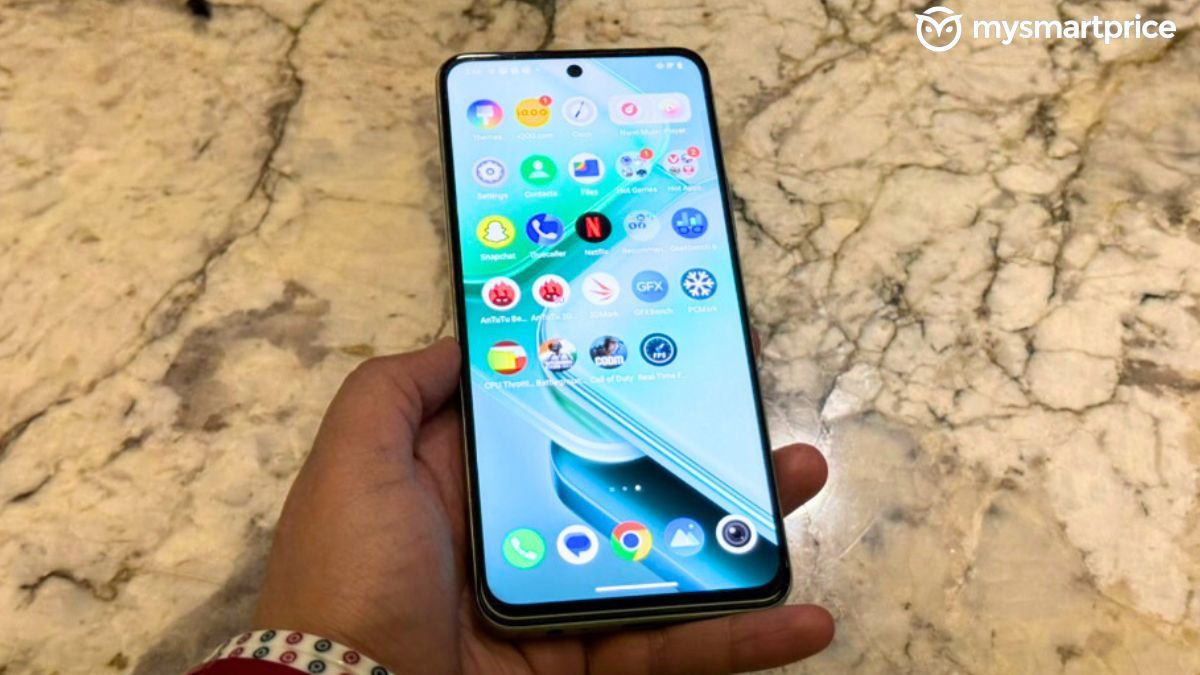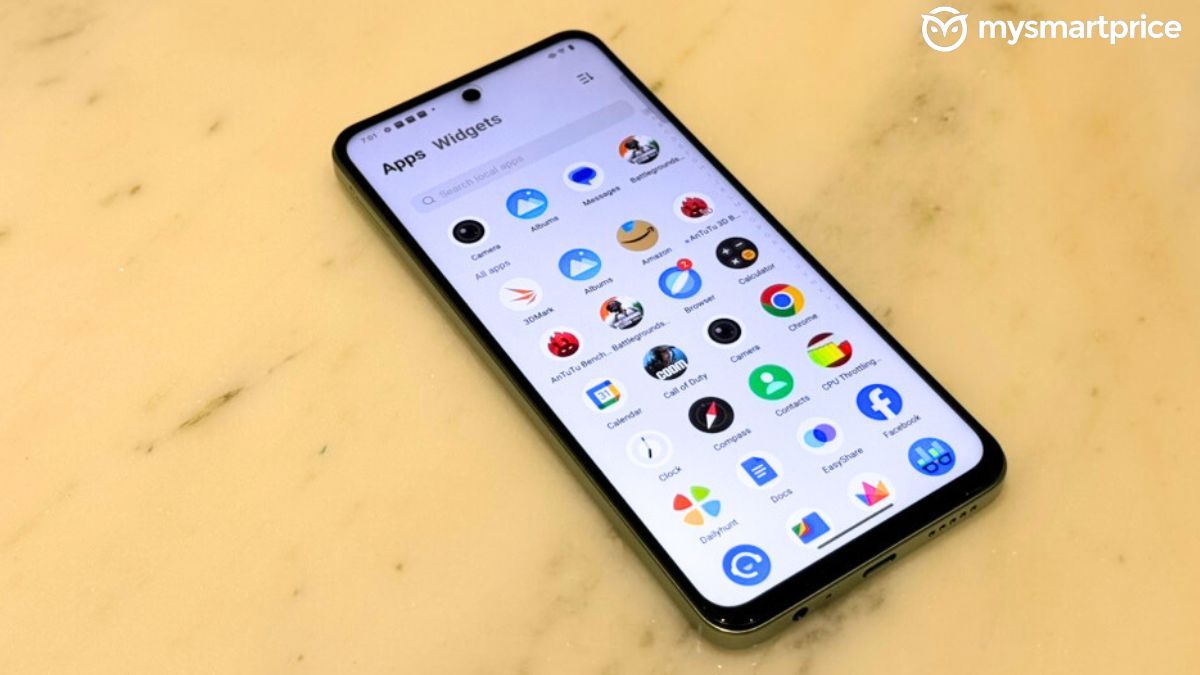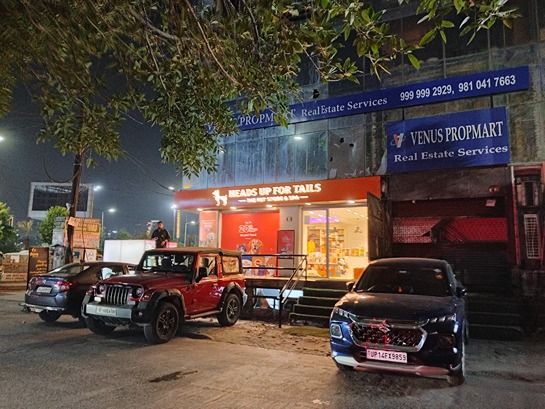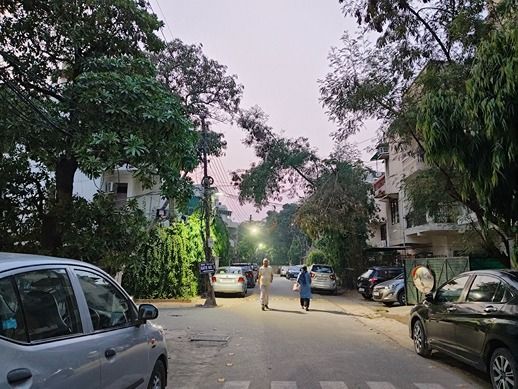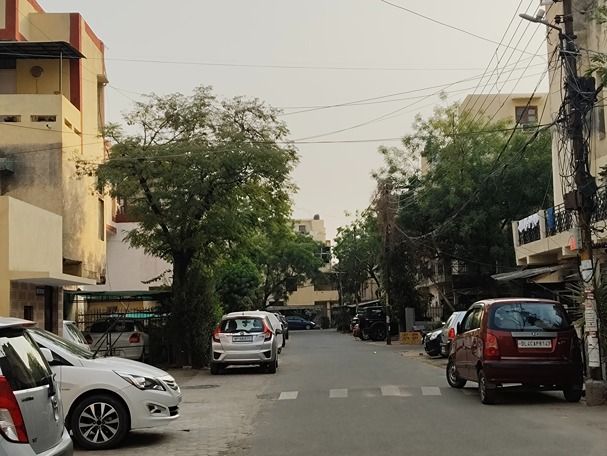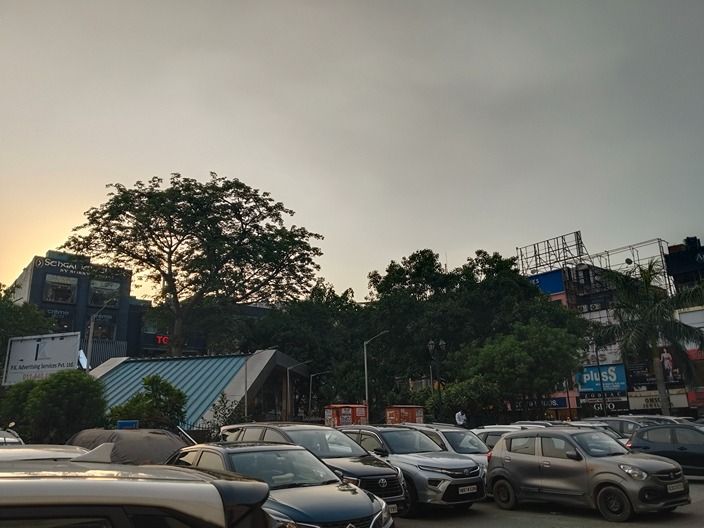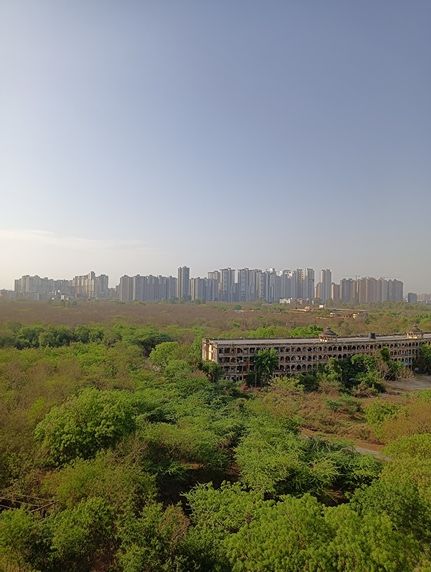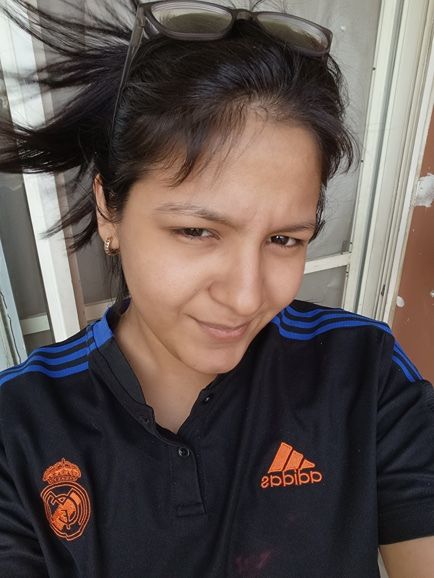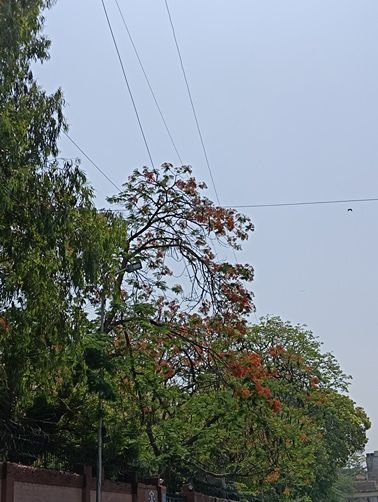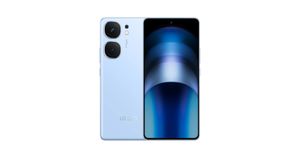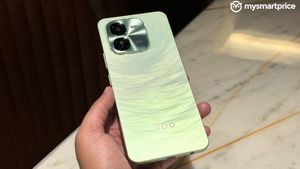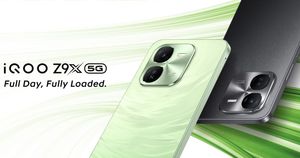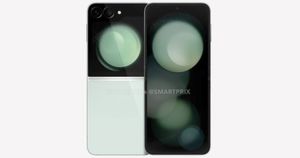
The temperature in India is heating up, and so is the budget smartphone segment. iQOO recently unveiled its latest budget offering, the Z9x, which comes with a sleek design, a 6,000mAh battery, fast charging, virtual RAM support, and much more. However, it’s not alone in the segment; Realme is ready to give tough competition to the latest entrants with its recently launched P1 smartphone. Both fall in the same price park, which calls for comparison to learn how they stack up against each other. Here are our findings.
iQOO Z9x vs Realme P1: Price in India
| Smartphone | Configuration | Price |
|
iQOO Z9x
|
4GB+128GB | Rs 12,999 |
| 6GB+128GB | Rs 14,499 | |
| 8GB+128GB | Rs 15,999 | |
|
Realme P1
|
6GB + 128GB | Rs 15,999 |
| 8GB + 256GB | Rs 18,999 |
Price-wise, the iQOO Z9x is a better contender for it just starts at Rs 12,999 and goes up to Rs 15,999. It also offers three RAM+Storage options. The Realme P1, on the other hand, stretches the budget to Rs 19,000.
iQOO Z9x vs Realme P1: Design and Build
| Specs | iQOO Z9x | Realme P1 |
| Dimensions | 163×75.5×8 mm |
165.7x76x8 mm
|
| Weight | 188 g | 199 g |
The Z9x looks good in the Tornado Green shade we have. The phone feels quite lightweight in hand and comfortable to hold. It might not be an absolute head-turner, but it doesn’t give cheap vibes either. Besides, the smartphone’s build quality feels solid and gives you confidence that nothing will happen to the device, even if you accidentally drop it here and there. It also comes with an IP64 rating, so some splashes of water or dust are a no-brainer.
When we look at the P1, there’s a strong possibility to misjudge the device with its bigger sibling, the Realme 12. It comes in Phoenix Red and Peacock Green colourways, and the former looks stunning, thanks to its brushstroke pattern. While the P1 looks good in almost all situations, its true beauty shines in direct sunlight. It also comes with the IP54 water and dust resistance.
As a result, it is pretty challenging to pick a single winner dedicatedly in terms of design. Both smartphones look stunning and do not feel or look cheap by any means. So, we believe that it all boils down to personal preferences. If you prefer a square camera island on the back that looks more like a conventional smartphone, then the iQOO should be your pick. If you are okay with a bold design, then Realme is worth considering.
iQOO Z9x vs Realme P1: Display
| Specs | iQOO Z9x | Realme P1 |
| Type | IPS LCD, 120Hz, 1000 nits (peak) |
AMOLED, 120Hz, 1200 nits (peak)
|
| Size | 6.72 inches | 6.67 inches |
| Resolution | 1080 x 2408 pixels, 20:9 ratio (~393 ppi density) |
1080 x 2400 pixels, 20:9 ratio (~395 ppi density)
|
The Z9x flaunts a 6.72-inch IPS LCD screen that produces 1080 x 2408 pixels of resolution and supports a 120Hz refresh rate. The highest peak brightness is 1000 nits, which might look underwhelming on paper, but in real life, the device is fairly usable to receive a call or read a short message in direct sunlight. Apart from that, there’s nothing to complain about the display on the Z9x. It has accurate colours and sharp details and delivers a satisfactory viewing experience.
The P1, on the other hand, comes with a 6.67-inch AMOLED display that produces 1080 x 2400 pixels of resolution. It also supports a 120Hz refresh rate and claims to have a whopping 2000 nits of peak brightness. However, during our testing, it could reach 1621 nits, which is not bad either. Apart from that, the display experience on the P1 was nice thanks to its deep blacks, punchy colours, and sharp details.
So, in this department, we have a clear winner here: the P1. It has an AMOLED display and offers a much brighter screen than the Z9x.
iQOO Z9x vs Realme P1: Performance and UI
| Specs | iQOO Z9x | Realme P1 |
| OS | Android 14, FunTouchOS 14 |
Android 14, Realme UI 5.0
|
| Chipset | Qualcomm Snapdragon 6 Gen 1 |
Mediatek Dimensity 7050
|
| CPU | Octa-core (4×2.2 GHz Cortex-A78 & 4×1.8 GHz Cortex-A55) |
Octa-core (2×2.6 GHz Cortex-A78 & 6×2.0 GHz Cortex-A55)
|
| GPU | Adreno 710 |
Mali-G68 MC4
|
The Z9x draws power from the Snapdragon 6 Gen 1 chipset, which delivers smooth performance for casual usage. During our typical day, which includes scrolling through Instagram, sending a few emails, taking a few photos here and there, and watching some YouTube videos, the phone holds up quite well. We didn’t notice any stutters or lag even once.
We also played games like Call of Duty Mobile at High+Max settings and BGMI with Smooth, Balanced HD graphics, and the experience was enjoyable. There was no lag or frame drop during almost an hour of gameplay.
The P1 comes with a Dimensity 7050 chipset, coupled with a Mali G68 GPU. It performed well during casual use. There were no noticeable lags or stutters while playing games like BGMI with Smooth graphics and Extreme framerate. There was a slight delay of a second or two when using the gun, but this happened only once or twice, so it was not an issue. The phone warmed up after 35-40 minutes of gameplay, but it didn’t cause any major problems.
We ran popular benchmarks like AnTuTu and Geekbench on both phones. See how iQOO and Realme’s latest budget offerings stack up!
Both smartphones have an Android 14-based UI and offer two years of software and three years of security updates. Apart from that, both devices pack a host of bloatware, which degrades the experience. But that is something expected from a device at this price point.
iQOO Z9x vs Realme P1: Cameras
| Specs | iQOO Z9x | Realme P1 |
| Rear Cameras | 50 MP, f/1.8, (wide), 2 MP, f/2.4, (depth) |
50 MP, f/1.8, 27mm (wide),
2 MP, f/2.4, (depth) |
| Features | LED flash, panorama, HDR |
LED flash, HDR, panorama
|
| Video | 4K, 1080p, gyro-EIS |
1080p@30/60/120/480fps, 720p@960fps, gyro-EIS
|
| Front Camera | 8MP | 16MP |
Both smartphones pack a 50MP primary sensor on the back, paired with a 2MP secondary shooter. The daytime shots on both devices were impressive, with ample details and punchy colours. However, we felt that the images taken with the Z9x were a bit oversaturated. On the other hand, pictures taken with the 2x mode on the P1 lacked details and appeared a bit hazy.
Regarding low-light performance, both smartphones struggle to deliver a pleasing photography experience. However, considering their price point, we have nothing to complain about. The images taken at night are postable on Instagram, which is sufficient for most of us.
iQOO Z9x vs Realme P1: Battery Life and Charging
One of the biggest highlights of the Z9x is its massive 6,000mAh battery, which could last for around two days on a single charge with casual usage and a day and a half on heavy usage. However, the biggest concern someone might have with this massive battery is that it must take hours to charge fully. But the 44W charger was able to fuel up the device 0 to 30% in about half an hour, 60% in about one hour, and a complete 100% took around one and a half hours, which is not bad at all, especially for a battery of this size.
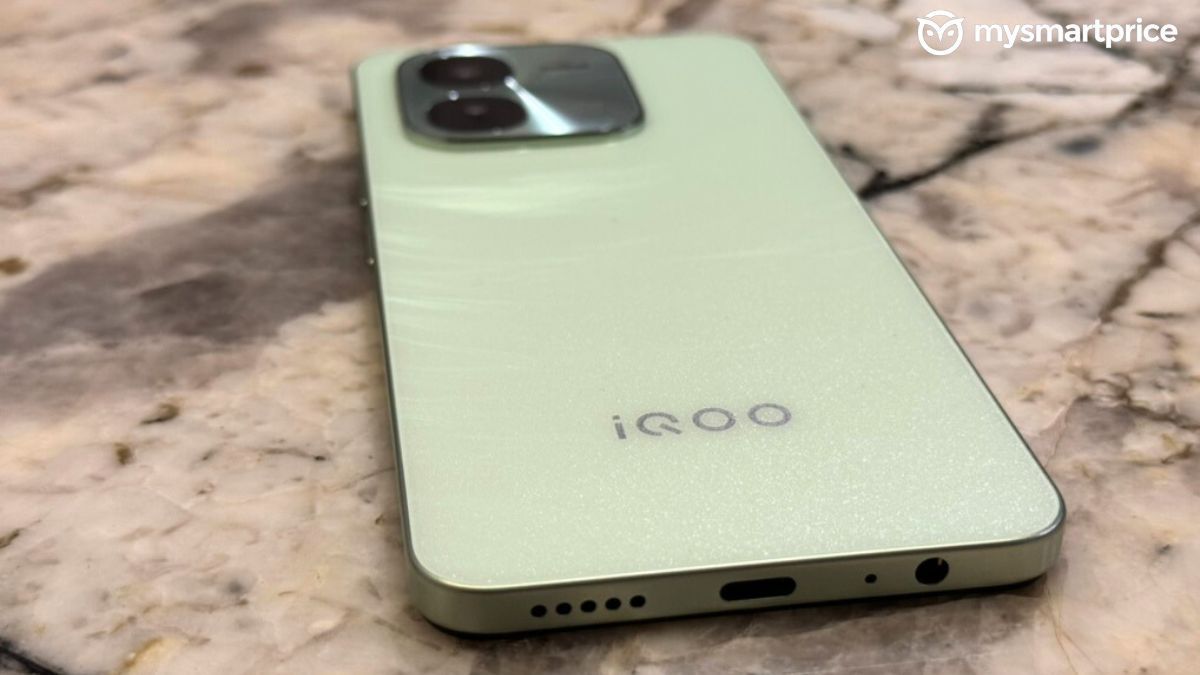
Realme, on the other hand, is stuck with the industry standard of a 5,000mAh battery, which is not bad. We could go through an entire day on a single charge without any issues and churn out around 6 to 7 hours of screen time. During our testing, the device reached the 50% mark from dead in about 30 minutes and fully charged in 1 hour and 12 minutes.
Verdict
If you want an amazing display experience and are looking for a head-turning device, then the Realme P1 should be on your list. On the other hand, if you prioritise battery life over anything else, then the iQOO Z9x is a clear winner.
Apart from that, both smartphones will deliver almost identical results in terms of performance, cameras, and UI. However, we would advise you to go with at least 8GB of RAM and 128GB storage options on either of these devices, just to be more future-proof.


